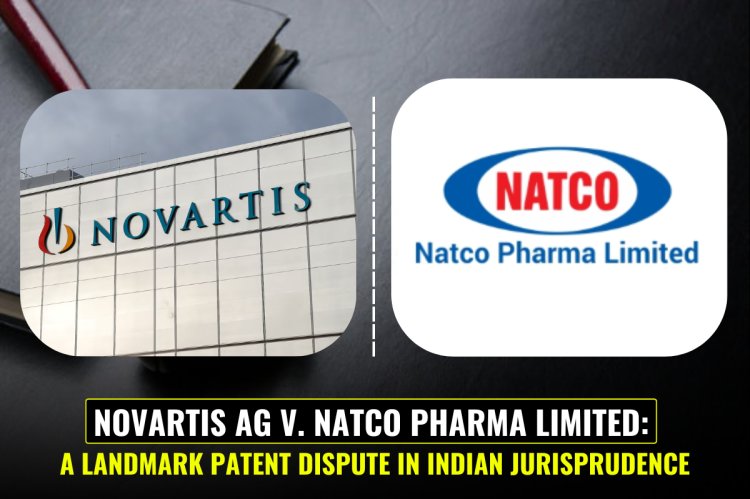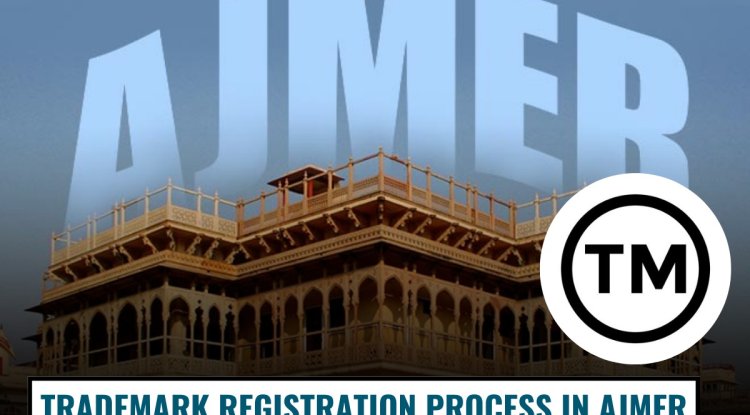Novartis AG v. Natco Pharma Limited: A Landmark Patent Dispute in Indian Jurisprudence
The case of Novartis AG v. Natco Pharma Limited is a landmark ruling in Indian patent law, emphasizing the complexities of post-grant opposition and the rights of patentees. The dispute centered on the patent for a combination of Valsartan and Sacubitril, raising critical legal questions regarding the validity of patents, the involvement of pre-grant opponents, and the balance between patent protection and public interest. The judgment reinforced the role of pre-grant opposition in shaping patent decisions and affirmed that patent rights are subject to revocation upon post-grant challenges. This case has far-reaching implications for pharmaceutical patent litigation, access to medicines, and global patent strategy.

Introduction
The case of Novartis AG v. Natco Pharma Limited is a significant ruling in Indian patent law that highlights the complexities of post-grant opposition and the rights of patentees. It revolves around a dispute concerning the patent for a combination of Valsartan and Sacubitril, used for treating cardiovascular diseases. The case raises important legal questions about the validity of patents, the rights of pre-grant opponents, and the balance between patent protection and public interest.
This case is particularly relevant in India, where pharmaceutical patents have been a contentious issue, often leading to clashes between multinational corporations and domestic generic drug manufacturers.
Background and Facts of the Case
Novartis, a global pharmaceutical giant, was granted a patent (IN 229051) for a combination of Valsartan and Sacubitril, marketed under the brand names Vymada in India and Entresto internationally.
Dissatisfied with the delays in resolving a post-grant opposition (PGO) proceeding, Novartis approached the Intellectual Property Appellate Board (IPAB) to expedite the process. The IPAB directed the Indian Patent Office (IPO) to handle the opposition promptly.
Meanwhile, Natco Pharma Limited requested to cross-examine the experts whose affidavits supported Novartis’ patent claims. However, the Controller of Patents proceeded with hearings without addressing this request, prompting Natco to file a writ petition (W.P. (C) 5558 of 2021) before the High Court.
The core issue revolved around whether pre-grant opponents had the right to participate in the examination process after their opposition was accepted by the IPO. Natco argued that their involvement was necessary, while Novartis contended that opposition merely aids the Controller, who independently determines patentability.
The High Court sided with Natco, holding that pre-grant opponents have the right to be heard regarding amendments to the application since the examination and pre-grant opposition processes merge once the IPO accepts an opposition.
Key Legal Issues
- Do patentee rights continue to exist during a post-grant opposition?
- What role do pre-grant opponents play in the examination process?
- Are pre-grant opponents entitled to be heard when amendments are made to patent claims?
To know more about this you can follow the link below:
<iframe width="560" height="315" src="https://www.youtube.com/embed/ZMJZ2FfS7F8?si=8vdXltdnknf3DN8L" title="YouTube video player" frameborder="0" allow="accelerometer; autoplay; clipboard-write; encrypted-media; gyroscope; picture-in-picture; web-share" referrerpolicy="strict-origin-when-cross-origin" allowfullscreen></iframe>
Plaintiff’s (Novartis) Arguments
- Before filing the patent, Novartis discovered that combining Valsartan and Sacubitril provided superior therapeutic effects for cardiovascular diseases compared to using them separately.
- The patent was granted in 50 countries and was unchallenged in India at both pre-grant and post-grant stages.
- Natco’s pharmaceutical product VALSAC contained the patented combination, thereby infringing the suit patent.
- Natco had never challenged the patent’s validity before the lawsuit, implying an acknowledgment of its legitimacy.
- The prior art references cited by Natco did not establish a lack of novelty or inventive step.
- Novartis sought a permanent injunction, damages, and an account of profits from Natco.
Defendant’s (Natco Pharma) Arguments
- The supra-molecular complex of Valsartan and Sacubitril was not covered by the suit patent (IN 229051).
- Novartis failed to disclose that the supra-molecular complex was under a separate pending patent application.
- The subject matter of Patent IN 229051 was obvious and lacked an inventive step under Section 64(1)(f) of the Patents Act.
- The patent failed under Section 3(d) (which restricts patents on known substances without enhanced efficacy) and Section 3(e) (which bars patents on mere admixtures).
- The patent description was insufficient under Section 64(1)(h).
- Filed a counter-claim seeking revocation of the patent on the grounds that it was not patentable.
Court’s Analysis and Observations
The court analyzed several key aspects:
- Patent Rights During Post-Grant Opposition
- The patentee’s rights remain intact until a final decision is made on the post-grant opposition.
- The Supreme Court’s ruling in Aloys Wobben reaffirmed that Section 48 of the Patents Act protects patent holders until an opposition is resolved.
- Balancing Innovation and Public Interest
- The court granted an interim relief, allowing Natco to sell its existing stock under the NOXALK (Ceritinib) brand but barred new production.
- This decision ensured patients had access to essential medicines while patent disputes were resolved.
- Validity of Pre-Grant Opponents' Rights
- The court recognized that pre-grant opposition merges with the examination process, affirming Natco’s right to be heard regarding amendments to Novartis’ claims.
Judgment and Final Ruling
- The court ruled that patent rights exist only for the duration of a granted, non-revoked patent.
- Once the post-grant opposition resulted in revocation, Novartis could no longer claim infringement.
- Under Section 62(2) and Section 11A(7), infringement actions cannot be filed for an unregistered or revoked patent.
- Since the patent was revoked on August 16, 2019, the injunction against Natco was lifted, allowing them to produce and sell the disputed drug freely.
Legal and Industry Implications
1. Impact on Pharmaceutical Patent Litigation
This case reaffirms that generic manufacturers can challenge patents using post-grant opposition and emphasizes the importance of thorough examinations.
2. Future of Post-Grant Oppositions in India
- Strengthens the role of pre-grant opponents in shaping patent outcomes.
- Encourages generic companies to use legal mechanisms to challenge weak patents.
3. Global Pharmaceutical Strategy
- Multinational corporations will need to adopt stronger patent filing strategies in India.
- Companies may focus more on process patents rather than relying solely on product patents.
4. Public Health and Access to Medicines
- The ruling underscores India’s commitment to affordable medicines, aligning with the public health-first approach of Indian patent law.
- The case follows the precedent set by the Novartis v. Union of India (2013) case, where India's Supreme Court rejected a patent for Glivec (a cancer drug) on similar grounds.
Conclusion
The Novartis AG v. Natco Pharma Limited case is a significant milestone in Indian patent law, reinforcing the role of pre-grant opponents and clarifying the limitations of patent rights during post-grant opposition. The ruling strikes a balance between protecting innovation and ensuring public access to affordable medicines.
As India continues to develop its IP regime, this case serves as a benchmark for future patent disputes, particularly in the pharmaceutical sector. Multinational corporations and domestic generic manufacturers must now navigate a legal landscape where patentability, inventive steps, and patient welfare are intricately linked.












